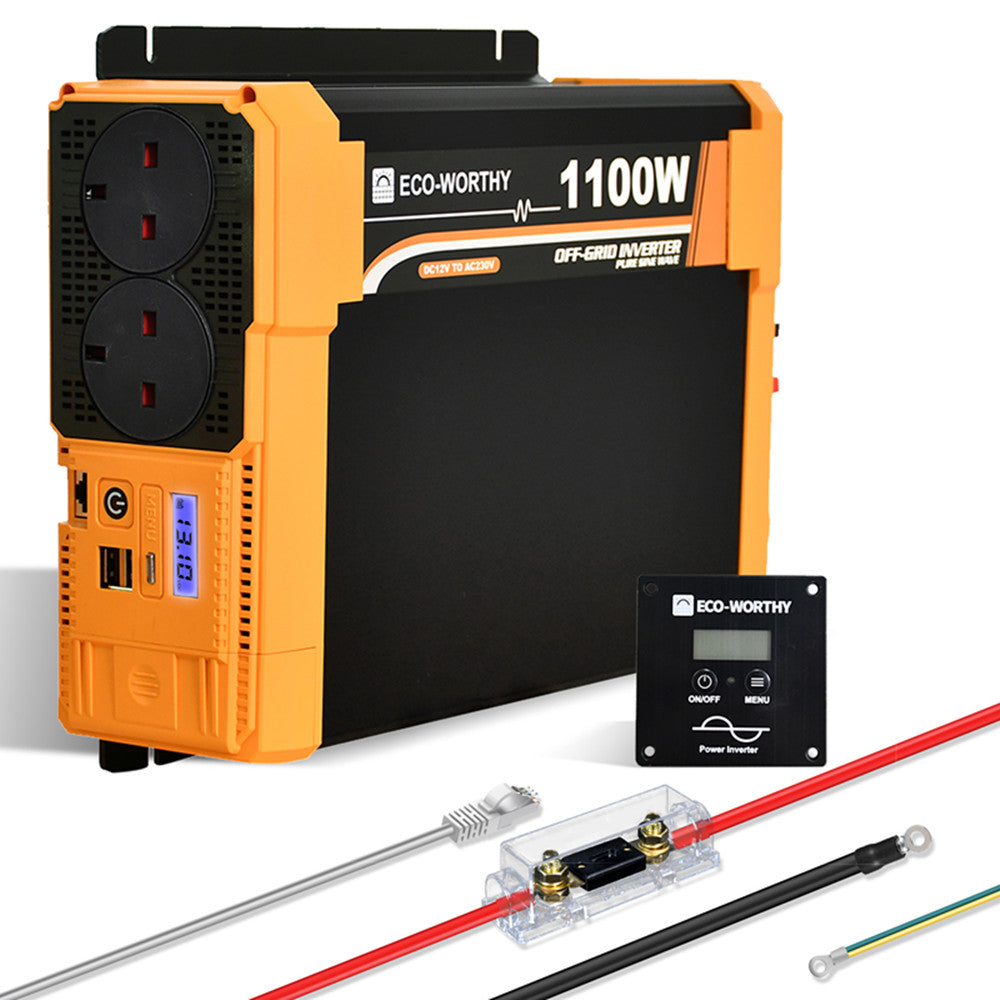As the world increasingly turns to renewable energy sources, understanding the inverter for solar panels becomes crucial. These devices play a pivotal role in the solar energy system, converting the direct current (DC) generated by solar panels into alternating current (AC), which is the form of electricity used in homes and businesses. This article delves into the significance of solar inverters and their impact on solar energy efficiency.

What is an Inverter for Solar Panels?
An inverter for solar panels is an electronic device that performs the essential function of converting DC electricity into AC electricity. Without this conversion, the energy produced by solar panels would be unusable for most household appliances. The inverter also optimises the energy output from the solar panels, ensuring that the maximum amount of energy is harnessed and utilised.
Types of Solar Inverters
There are several types of solar inverters, each serving different needs and applications:
- String Inverters: These are the most common type, connecting multiple solar panels in a series. They are cost-effective and suitable for residential installations.
- Microinverters: These are installed on each solar panel individually, allowing for better performance in shaded conditions and maximising energy production.
- Power Optimisers: Similar to microinverters, power optimisers are attached to each panel but still connect to a string inverter. They enhance performance while maintaining a lower cost than microinverters.
- Hybrid Inverters: These inverters can manage both solar energy and battery storage systems, making them ideal for those looking to store excess energy for later use.
How Do Solar Inverters Work?
The operation of an inverter for solar panels can be broken down into several key steps:
- The solar panels generate DC electricity when exposed to sunlight.
- This DC electricity is sent to the inverter.
- The inverter converts the DC electricity into AC electricity.
- The AC electricity is then fed into the home’s electrical system or sent back to the grid.
Understanding this process is vital for homeowners and businesses alike, as it highlights the importance of selecting the right inverter to optimise energy production.
Benefits of Using Solar Inverters
Investing in a quality inverter for solar panels offers numerous advantages:
- Increased Efficiency: A good inverter maximises the energy harvested from solar panels.
- Monitoring Capabilities: Many modern inverters come with monitoring systems that allow users to track energy production and consumption.
- Grid Compatibility: Inverters ensure that the energy produced is compatible with the grid, facilitating seamless integration.
Conclusion
In summary, the inverter for solar panels is a critical component of any solar energy system. By converting DC electricity into usable AC electricity, these devices enable the efficient use of solar energy in our daily lives. As the demand for renewable energy continues to grow, understanding the role of solar inverters will empower consumers to make informed decisions about their energy needs.








